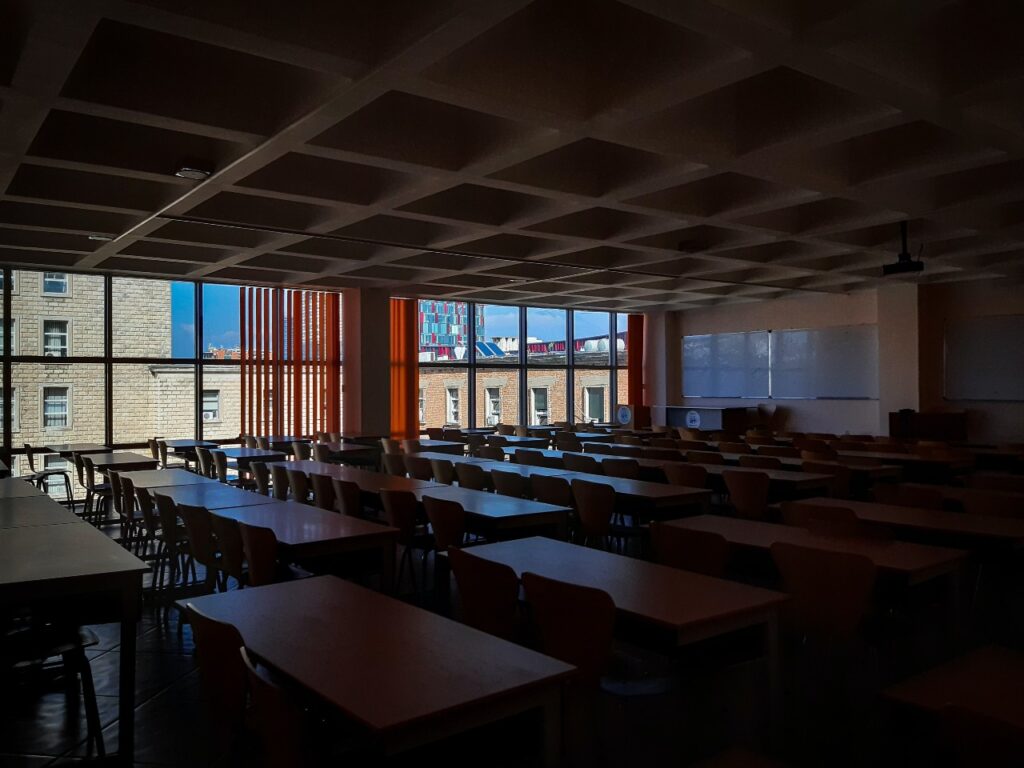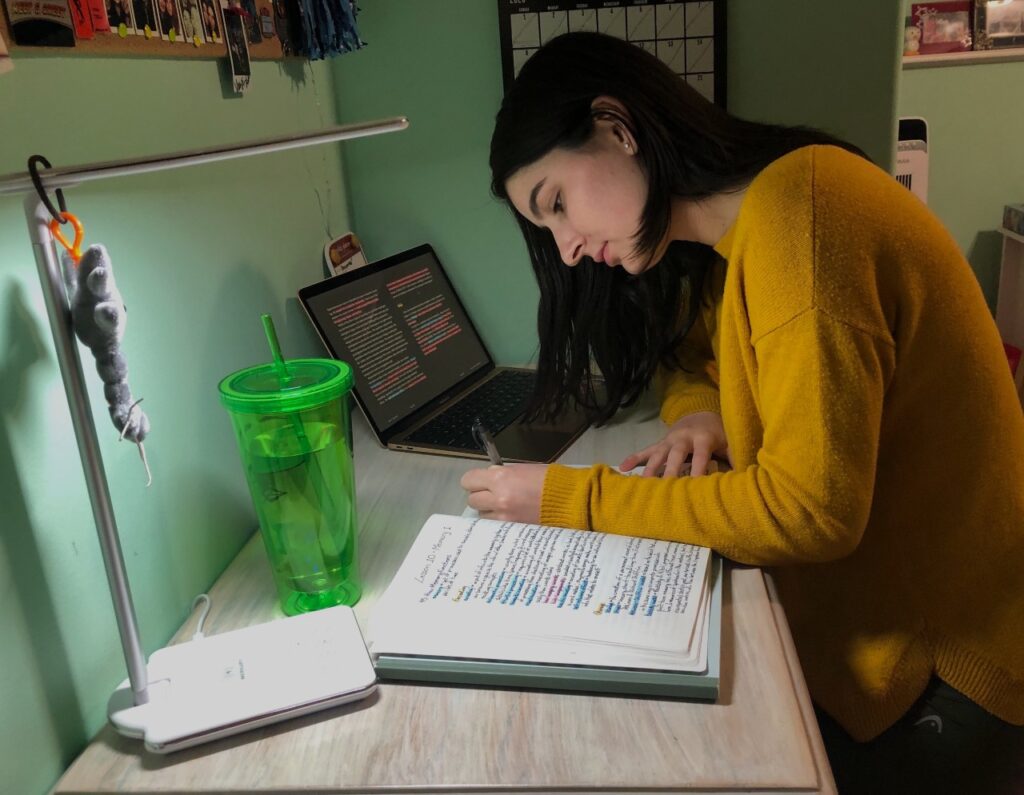
By Anna de Santanna
“It’s not easy being me.”
That was the message first-year students and faculty sent to Statistics Canada in response to a survey about how they are handling the semester.
According to Statistics Canada, 92 per cent of 100,000 students had some or all of their classes transferred to online due to the pandemic. Lauryn LeBlanc, a first-year medical science student at Dalhousie University, is one of the students who had to postpone plans and adapt to the online methodology.
“I’ll set out a specific time for a certain class. Maybe I’ll work on biology for three hours this day, but I won’t get as much done as I thought I was going to, so then I have to put more time towards that on a different day when I should be focusing on something else,” Lauryn said.
Now, more than ever, students have access to all kinds of information with, literally, the touch of a screen. Although online classes give students more time to think, they do not feel confident with their knowledge.
“I try to avoid distractions as much as possible,” Lauryn said. “I’ll put my phone to the side and make sure that I have everything prepared before I start doing my work. I have the proper pens and highlighters, the right notebook, and everything before I start, so I don’t have to be searching for it once I’m focused on what I’m doing,” Lauryn said.

A study published in the academic journal Frontiers in Psychology saw no clear differences in academic performance in online vs. in-class learning, but discovered that students had a general preference for in-class activities.
As a medical science major Lauryn has a lot of courses that require the use of labs, and since classes are online, the students “just get to watch people do our labs rather than go through the steps ourselves.”
Students are not the only ones adapting. Professors had to replan their entire academic approach to fit the parameters of online classes. Prasad Bidaye, a Humber College professor, shared how this experience is going from a faculty member’s point of view.
“I don’t teach synchronous classes; what I do is I teach what I call semi-synchronous classes. I prepared the content, I made a decision that there’s certain content that the students need to know, and I’ve made sure that that content is in a preloaded video, so they can rewind and replay anytime they need to,” Bidaye said.
“Flexibility is probably my main way of trying to support students. And of course, I’m trying to be as compassionate as possible, because I know how stressful it is for me to teach online, which tells me that it’s probably really stressful for students to learn online.”
Bidaye does not think online classes make students less interested in a course, because everyone understands the moment we are in. Both sides do not have a choice, remote classes were the only option for the fall semester.
Bidaye advises students to reach out to professors and participate in classes, because “education is nothing without communication.”
“I know from my personal experience that anytime I was having a hard time and of course, as soon as I went to go to the professor and had a meeting with them, everything turned around. Suddenly, I was able to learn without worrying, without having anxiety, and without feeling I’m going to fail or any of those kinds of things,” Bidaye said.
For international students who would be starting the first semester in January is a bit harder, because the pandemic consulates are closed and they are forced to wait until the last minute to decide their next steps, whether they are studying from their countries or coming to Toronto.

Camila Mefano is a student from Rio de Janeiro, Brazil, who was accepted into a fitness and health promotion program in Toronto. Like many other international students, Camila is having issues completing the study permit process.
“We didn’t know what would happen until January or I if I would be able to have my visa on time. And I didn’t know when to buy the tickets to Canada, and I didn’t know where I will pass my quarantine because I need to do the quarantine when I get in Toronto,” she said.
The decisions, the worry, the planning are all hard for students, but Camila, as a traveler entering Canada, has one more thing to worry about: the rules of Canada’s Emergency Order under the Quarantine Act. She will need to isolate for 14 days in a place with access to necessities, including water, food, medication, and heat during the winter months. “I think the biggest issue for me now is the anxiety of not knowing what will happen,” Camila said.